Freezing Food
Freezing is an easy and convenient method of preserving food. However, freezing does not kill bacteria, rather freezing slows down the growth of bacteria and enzyme activity- which affects the quality of the product over time.
All Freezing Food Content
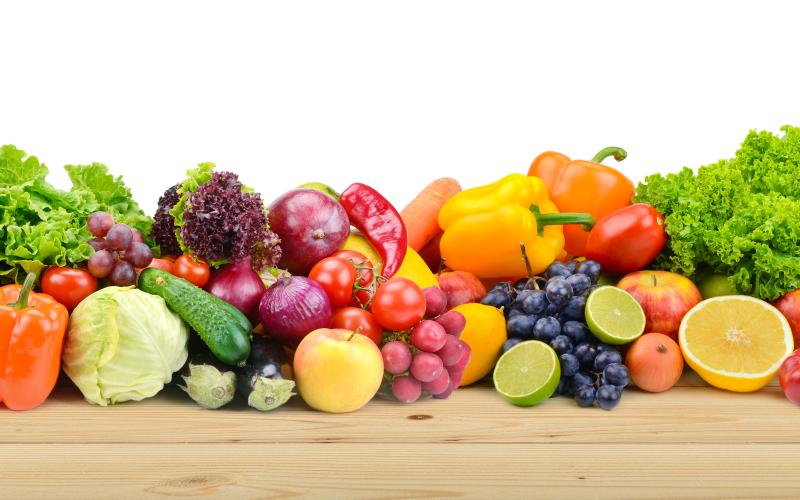
Pick it! Try it! Like it!
Pick it! Try it! Like it! materials are filled with tips for selecting, preparing, and preserving a wide variety of fruits and vegetables.
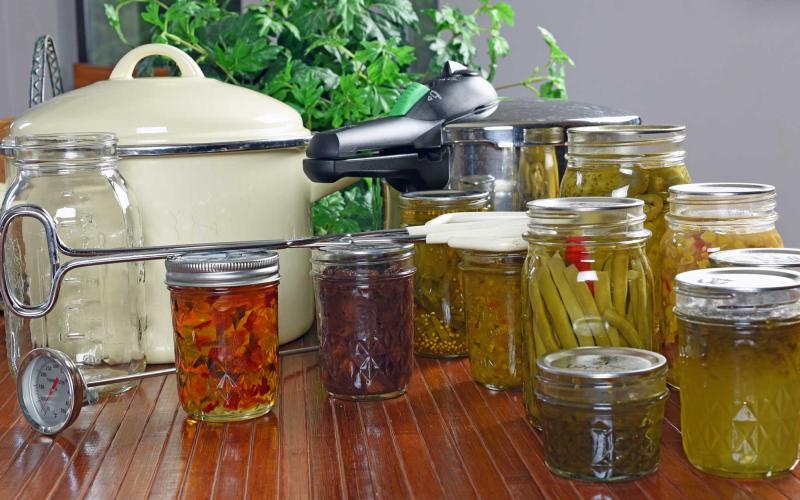
Preservation
SDSU Extension provides established and trusted research-based food preservation information.
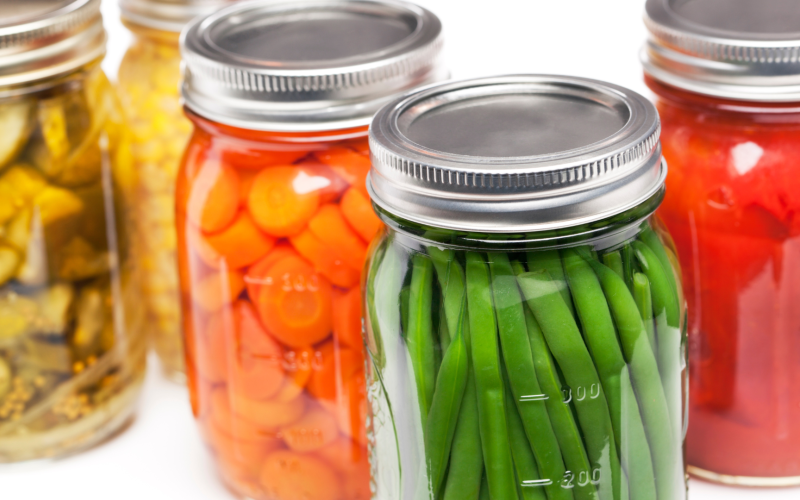
Pick it, Try it, Like it for Food Preservation
Use these Preserve it lessons for tips and tricks to select, prepare and preserve fruits and vegetables.
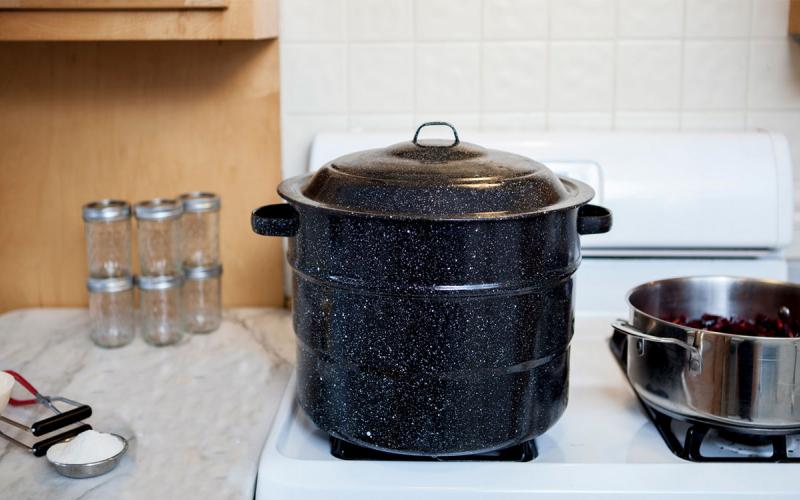
Home Food Preservation Self-Study Course
This course provides research-based information on food preservation.

Master Food Preserver Volunteer Program
If you enjoy preserving food, volunteering and helping your community, SDSU Extension's Master Food Preserver volunteer program may be for you!
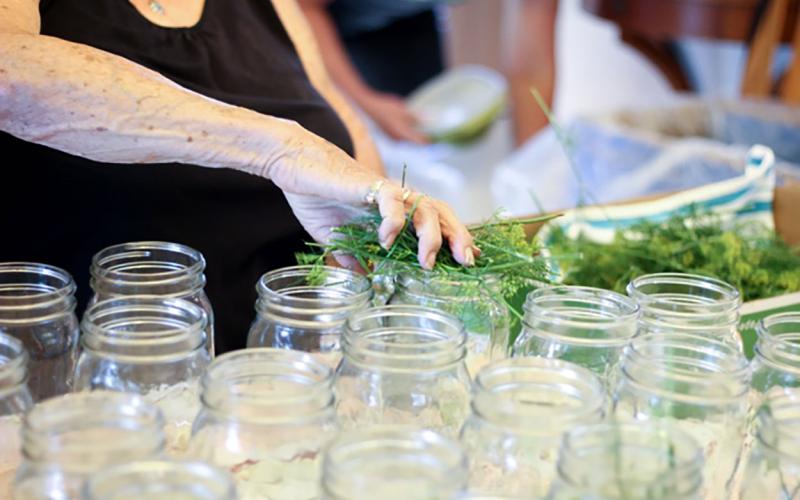
General Kitchen Safety for Food Preservation
Kitchen safety during preservation is just as important as using a safe, evidence-based preservation method. Kitchen cleanliness can affect the safety of the preserved product.
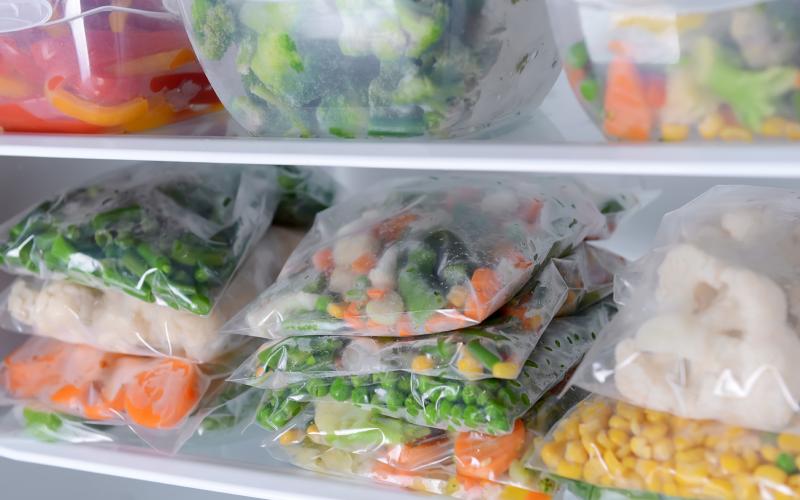
Freeze Now, Eat Later! Freezer Meal Workshop
Freezer meals provide families with the option to have a home cooked meal with minimal effort on busy days.
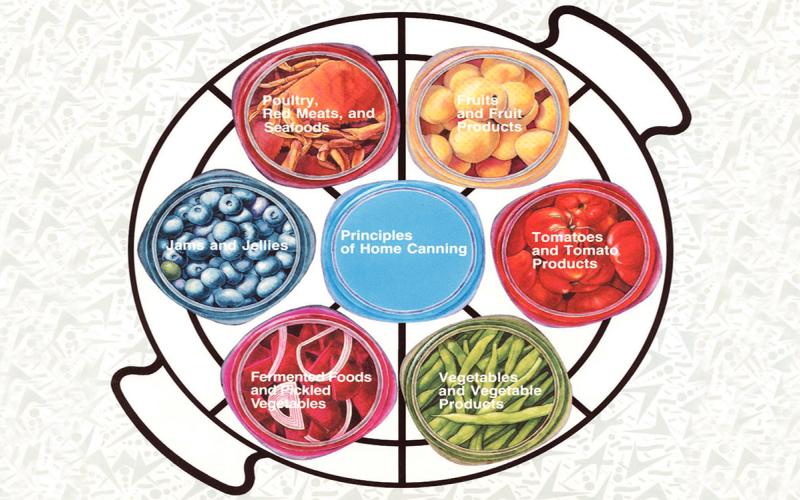
Importance of Evidence-based Food Preservation and Where To Find Information
The key to a safe and delicious product starts with the preservation recipe. View some recommended resources that offer safe, evidence-based recipes and step-by-step preservation method procedures.
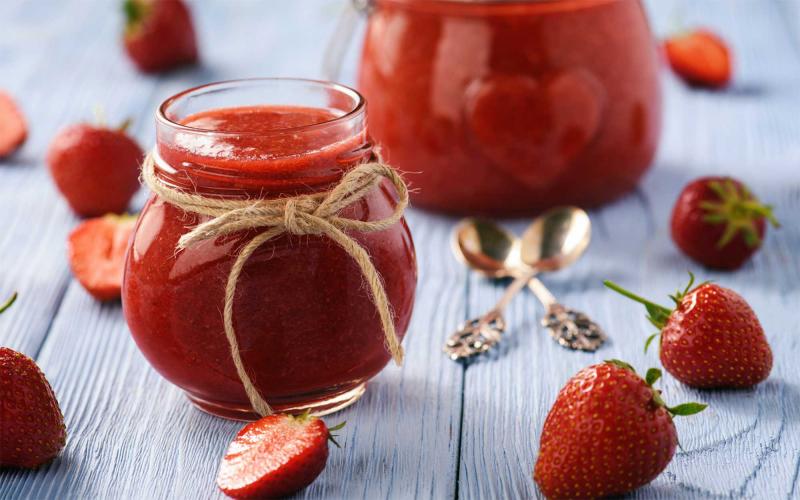
Freezer Berry Jam
Try this research-tested recipe for freezer berry jam courtesy of the National Center for Home Food Preservation.
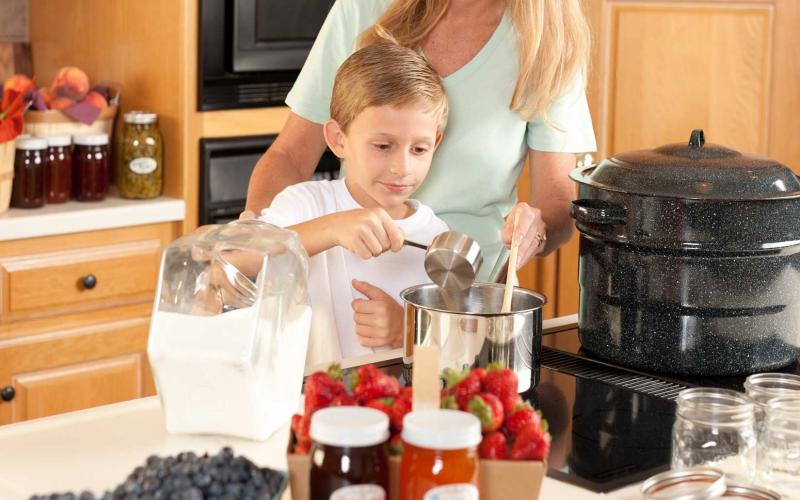
Preservation Station!
At the end of this lesson, participants will be able to list the most-common methods used to preserve fruits or vegetables.